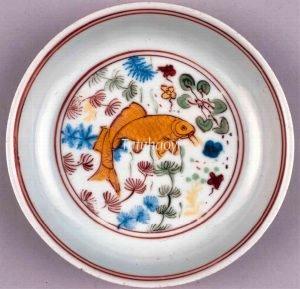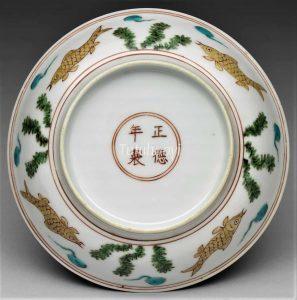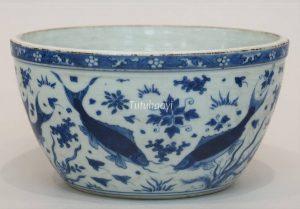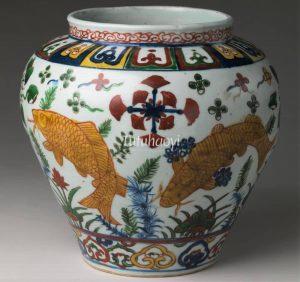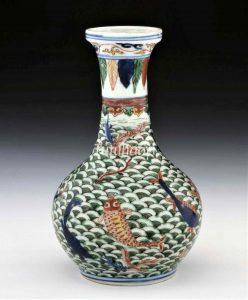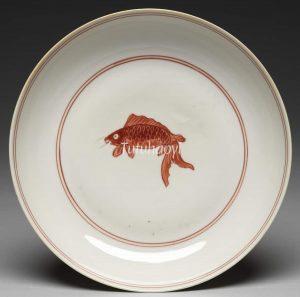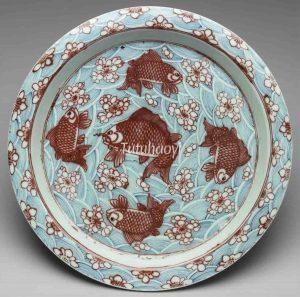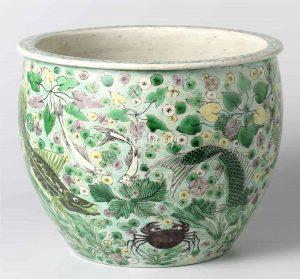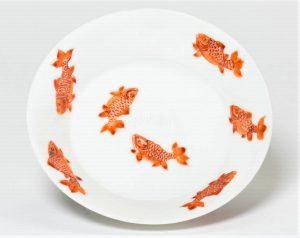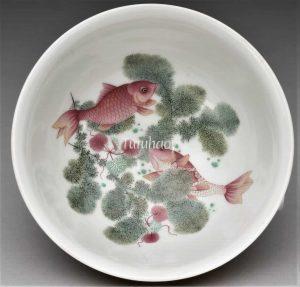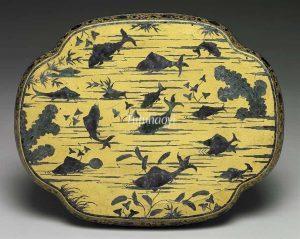Fish
鱼
© Tutuhaoyi.com owns the copyright of the description content for the images attached. Quoting all or part of the description content on this page is permitted ONLY IF ‘Tutuhaoyi.com’ is clearly acknowledged anywhere your quote is produced unless stated otherwise. (本页描述内容版权归Tutuhaoyi.com所有,转发或引用需注明 “Tutuhaoyi.com”, 侵权必究, 已注开源信息的条目除外。)
A fish is an ancient symbol of material prosperity and fertility in China, both because it puns with another word yu 余 meaning ‘abundance’, and because of the huge quantities of fish in Chinese lakes and rivers. In some parts of China, people would eat the flesh of fish, and then offer the heads as a sacrifice to Zhao Gongming, the god of wealth.
The invention of fishing is often attributed to Fuxi (believed to have reigned 2852–2737 BCE), the first of the Three Sovereigns – China’s mythical earliest rulers – and fish has certainly been a staple of the Chinese diet for millennia. Fisherman was one of the respected Four Occupations for common people, the other three being peasant farmer, woodman and scholar.
Fish is a common dish at festivals, especially Chinese New Year, when the fish is served with its head and tail intact, indicating a wish for prosperity from the beginning of the year to the end.
Fish swimming in water are thought to be joyful and so represent a happy marriage, as well as sexual intercourse.
Carp sometimes swim upriver, against the current, and are, therefore, emblems of perseverance associated with those commoners who struggle to pass civil-service examinations in order to enter a different social arena. See ‘fish turning into dragon’ (鱼化龙)
Related Pun Rebuses:
May you remain pure, clean, and incorruptible 清白廉洁
May you couple live a harmonious life and enjoy prestige 并蒂双贵
Fig 1: porcelain dish, Zhengde period (1506–21), Ming dynasty, courtesy of the National Palace Museum, Taipei
Fig 2: porcelain dish, Jiajing period (1522–66), Ming dynasty, courtesy of the British Museum, London
Fig 3: porcelain bowl, Jiajing period (1522–66), Ming dynasty, courtesy of the Metropolitan Museum of Art, NY
Fig 4: porcelain jar, Jiajing period (1522–66), Ming dynasty, courtesy of the Metropolitan Museum of Art, NY
Fig 5: porcelain bottle with underglaze blue and overglaze enamelled decoration, Wanli period (1573–1620), Ming dynasty, courtesy of the Trustees of the British Museum
Fig 6: porcelain dish, Ming dynasty (1368–1644), courtesy of the National Palace Museum, Taipei
Fig 7: porcelain dish, Shunzhi period (1644–61), Qing dynasty, courtesy of the National Palace Museum, Taipei
Fig 8: porcelain flowerpot, c. 1675 – c. 1699, courtesy of the Rijksmuseum, Amsterdam
Fig 9: porcelain dish, Yongzheng period (1723–35), Qing dynasty, courtesy of the Art Institute of Chicago
Fig 10: falangcai tea bowl, Qianlong period (1736–95), Qing dynasty, courtesy of the National Palace Museum, Taipei
Fig 11: silk plate, Qing dynasty (1644–1911), courtesy of the National Palace Museum, Taipei
